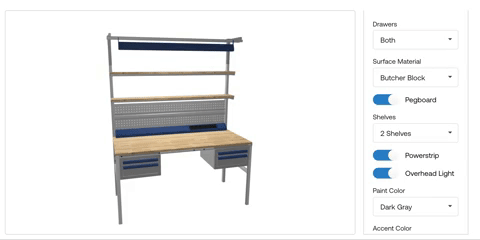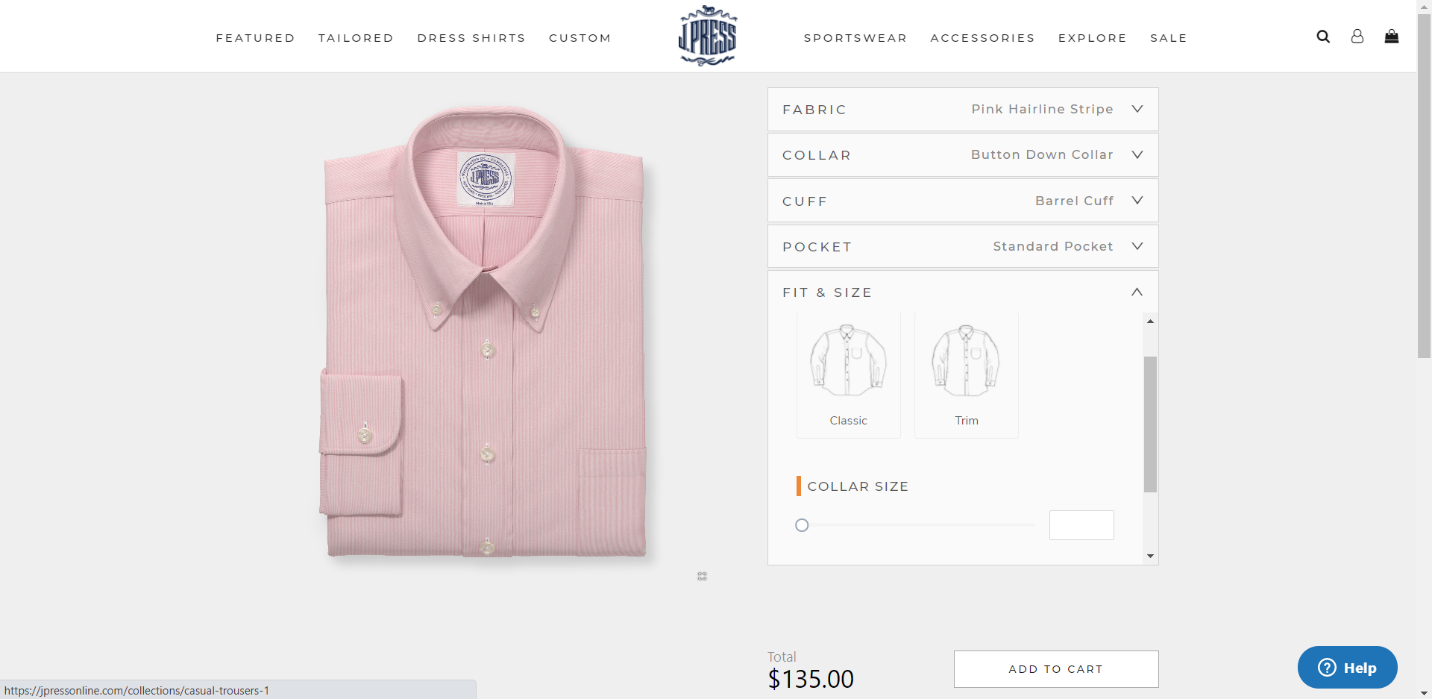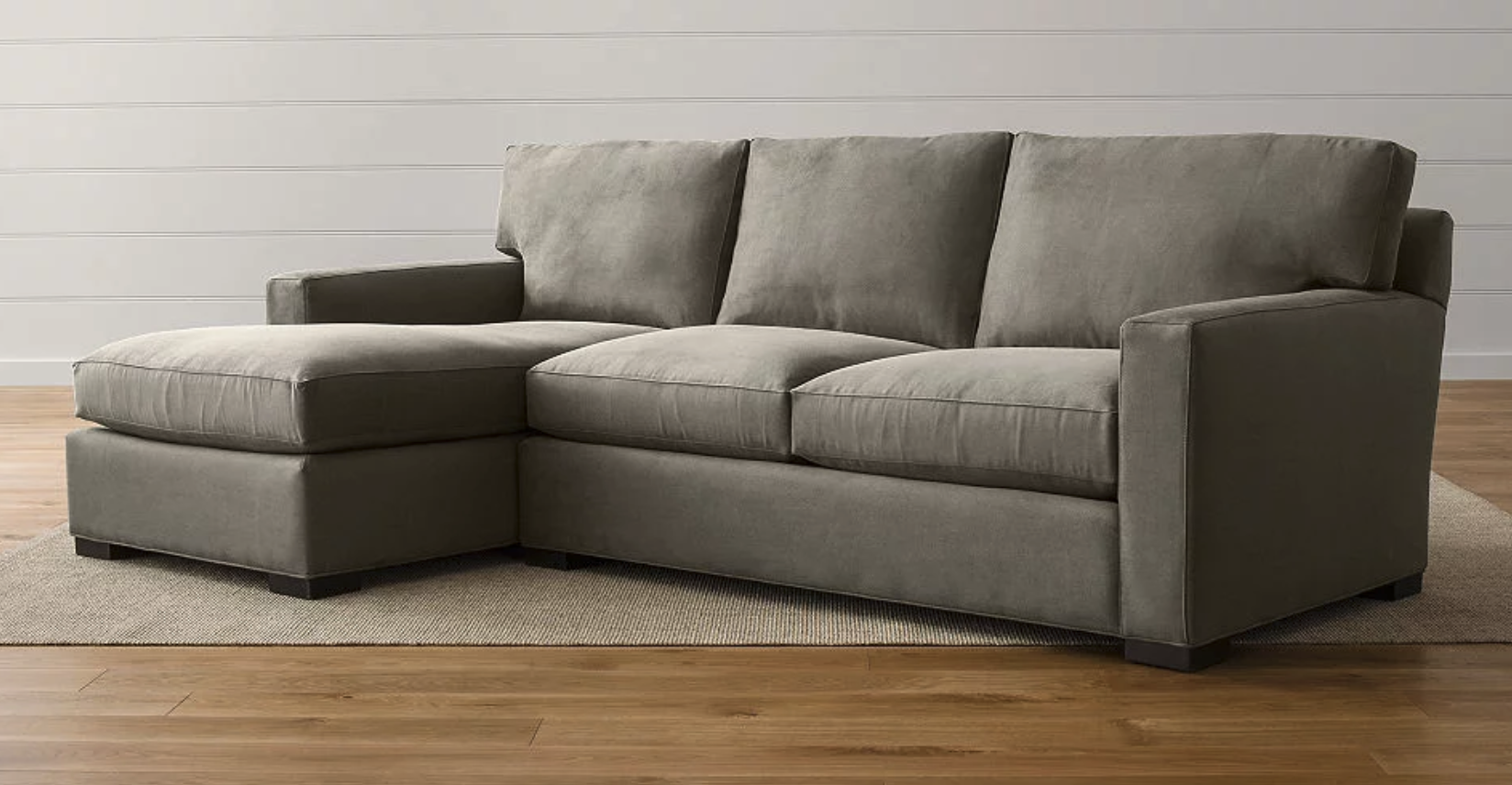HTML and 360-Degree Product Viewer Tools: How They’re Connected
Having a 360-degree product viewer is growing more and more popular. You can create interactive, 3D product images with 360° image rotation capabilities and a zooming function to provide a fully comprehensive product view, display product customization and configuration options with enhanced 3D product photography, and more.
Key Takeaways
- An HTML 360° product viewer is embedded in a website and enables consumers to see a 3D product from all angles, including zooming in and out.
- This technology increases consumer confidence, as buyers are able to fully inspect an item before purchase, mimicking brick-and-mortar store experiences.
- It can also be used to create tutorials and explainer videos to reduce user confusion regarding product functionality, and is used in augmented reality (AR).
- HTML loads the 360° product viewer, while a configurable XML file controls what's shown.

Every day, more people are discovering how many different uses 360° product viewers have. The possibilities are almost endless.
But image viewers like these are pretty advanced, leading to plenty of really great questions. People usually want to know things like:
-
What exactly is a 360-degree product viewer?
-
How does it work?
-
How do they help ecommerce retailers better serve their customers?
Let's start at the beginning.
What Is a 360° Product Viewer?
A 360° product viewer is an app that opens in a web browser to display product images and other visuals. Instead of displaying normal, static 2D images one at a time, it uses software to put a number of images together in order to create a 3D model that you can spin for a complete, unobstructed, and continuous 360° view.
You can seamlessly embed it in HTML pages so it becomes part of your site without clashing with your brand and style. An HTML 360° product viewer can use good quality JPG, PNG, and SVG image files to easily create and display:
-
3D-rendered photorealistic images indistinguishable from traditional product photography. Use these to create picture-perfect ads, product catalogs, thumbnails, and more.
-
Interactive 3D product models with rotation on one axis, so users can see different angles, even as they customize and configure their ideal product.
-
360° images with zoom, spin, and rotate functionality with "hotspots" or places with added interactivity, like text or photos that display when users click or hover over them.
-
Short GIFs to show off new products and features that are perfect for sharing on social media.
-
360° product videos to show your products in action. Spotlight certain features and give potential customers a realistic idea of how they work.
-
"Exploding" product visuals that show the components which make up a product, increasing consumer understanding of how an item is built.
- Tutorials and explainer videos to help customers navigate the product in a more digestible way than your standard user manual.
-
Visuals with augmented reality capabilities using our AR API. Users can see products in their space before they buy, which increases their confidence and odds of making a purchase.
Putting tutorial and explainer videos on your brand's YouTube channel can drive traffic, engagement, and interactions. It can also save your company money by reducing customer service calls. The benefits are endless!

How Does It Work?
An HTML 360° product viewer is used to create a very advanced, digital 3D flipbook stitched together by a computer program. When the images are displayed in order (and with some extremely complex programming), it looks like a spinning 3D model or video.
A number of images are created with special software. Then the 360° product viewer displays them in order as a 3D image or video. It uses a Config.XML file containing the instructions for displaying the customizable elements, like what you want the image to look like and do.
What Role Does HTML Play?
The role of HTML in actually running a 360° product viewer varies depending on the type of viewer. However, HTML is always used to load the page and viewer.
HTML is also used to code some customizable elements of the viewer, like the size—you can specify dimensions—the appearance of the toolbar, the border, and some of the functionality of your hotspots as well.
HTML is used primarily to code site structure and define how information is displayed.
Are 360° Product Viewers Built and Run in HTML?
Most HTML 360° product viewers actually use Adobe Flash or JavaScript, but some also use HTML or HTML5. If it's a Flash-based viewer and the visitor doesn't have Flash installed, the latest version is automatically installed.
The problem with Flash-only viewers is that iOS devices can't use them, because they aren't compatible. Flash tools are also fading in use. That's why many product viewers allow JavaScript, HTML, HTML5, or some combination.

How eCommerce Retailers Benefit From This Technology
HTML code is very basic. If an HTML 360° product viewer used only HTML code, it would have less functionality and speed. However, using the HTML to code some of the viewer's surrounding elements allows you to customize the viewer's look to match existing style elements.
You can pick important functions and display elements like frame color, size, zoom, and hotspot features mentioned earlier. Don't worry—Threekit has a template to walk you through creating your Config.XML file, as well as world-class support and a community of helpful developers.
360° Product Viewer Best Practices
Let's go over some HTML 360° product viewer best practices that help your product viewer function at its best:
-
Always make sure your site is mobile-friendly so that it displays correctly on mobile devices.
-
Use two sets of images: one high resolution, one low resolution. This allows the low-resolution images to load first and quickly, so the user has something to look at right away. The high-resolution images then load in the background.
-
Format the size of the high-resolution images for the zoom percentage you have set.
-
Low-resolution images should start at medium quality to allow faster loading.
Be a Trendsetter
360° product viewers are growing more popular. However, a small enough number of ecommerce businesses have adopted them that having one can really set you apart. Given the huge spike in conversion rates that they cause, it's an investment that really pays off!
Learn more about Threekit's HTML 360° Product Viewer or find out about our AI Visual Discovery technology for guided selling. You can find our app with free installation in places like the Shopify app store.

